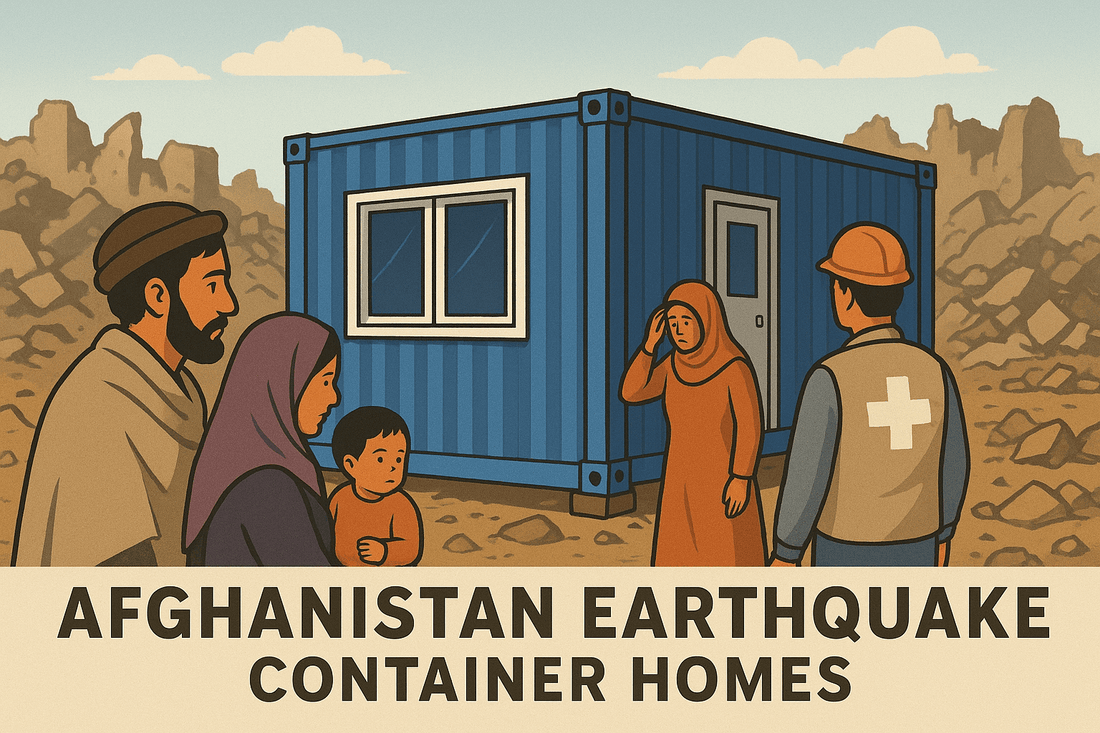
Afghanistan’s Recent Earthquake and the Urgent Need for Rapid Housing Solutions
Share
The devastating earthquake that recently struck Afghanistan has once again highlighted the fragility of human settlements in disaster-prone regions. Entire communities have been left in ruins, with thousands of families losing their homes overnight. In such moments, relief efforts are not only about providing food, water, and medical aid, but also about restoring one of the most basic human needs: safe and secure shelter.
Traditional reconstruction methods, while reliable in the long term, are often slow, labor-intensive, and heavily dependent on the availability of materials and skilled labor—resources that are usually scarce in post-disaster scenarios. Delays in housing provision can prolong human suffering, increase vulnerability to harsh weather, and strain the capacity of aid organizations.
This is where container housing offers a vital solution. Originally designed for mobility and durability, container houses can be rapidly deployed to disaster zones and assembled within days rather than months. Their modular design means they can be easily transported by trucks or ships, making them suitable even for remote areas with limited infrastructure.
Beyond speed, container houses provide strength and resilience. Made from steel frames and insulated panels, they offer protection against wind, rain, and temperature extremes—conditions often worsened in the aftermath of earthquakes. Compared to tents or temporary wooden shelters, they ensure greater safety, privacy, and dignity for displaced families.
Moreover, container houses are flexible and scalable. A single unit can serve as an emergency dwelling for a family, while multiple units can be joined to create community facilities such as clinics, classrooms, or coordination offices for aid workers. Once permanent reconstruction begins, these units can either be relocated to new sites or repurposed as long-term housing, storage, or community infrastructure, reducing waste and maximizing investment.
As natural disasters increase in frequency and intensity, governments and humanitarian organizations must rethink their approach to emergency housing. Container homes are not a complete solution, but they can bridge the critical gap between crisis and recovery—providing safety, comfort, and stability when it is needed most.
The tragedy in Afghanistan is a sobering reminder that preparedness must extend beyond rescue operations to include scalable, rapid-deployment housing strategies. Container housing stands out as one of the most practical, cost-effective, and humane options to ensure that no family is left without a roof in the wake of disaster.
